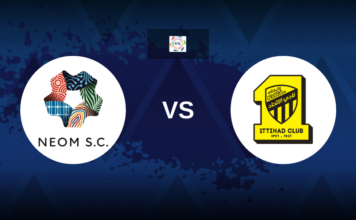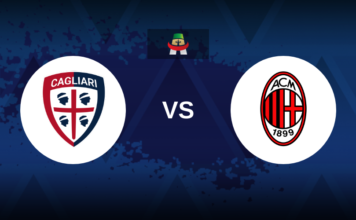Lithuania, a nation with a rich history and a unique national scent, has long been on a journey to construct its own National Stadium in the capital city of Vilnius.
However, what was intended to be a symbol of national pride and a hub for sporting excellence has instead become a testament to delay, disarray, and persistent corruption.
The saga of Lithuania’s National Stadium began in the mid-1980s, during the final years of the Soviet Union. Originally conceived as the new home for Lithuania’s biggest football club, EA Žalgiris, the project was soon interrupted by the winds of change as pro-independence movements gained momentum. The eventual declaration of independence in 1990 saw construction grind to a halt amid political turmoil and economic hardship.
Over the following decades, Lithuania navigated the challenges of post-Soviet transition, joining the European Union in 2004 and stabilizing its economy. Yet, progress on the National Stadium remained elusive. Political wrangling, financial crises, and allegations of corruption plagued the project, causing numerous setbacks and delays.
Attempts to secure funding, navigate legal disputes, and select contractors have been mired in controversy. Contracts have been signed and scrapped, promises made and broken, all while the skeletal structure of the unfinished stadium stood as a stark reminder of bureaucratic inertia.
Meanwhile, Lithuanian football has struggled to gain traction, overshadowed by the nation’s love affair with basketball. The football league languishes in obscurity, marred by allegations of match-fixing and financial instability. Clubs have risen and fallen, and the national team’s fortunes have waned, leaving fans disillusioned and disheartened.
In recent years, renewed efforts to revive the National Stadium project have offered a glimmer of hope. New contracts have been awarded, and construction has finally begun on a scaled-back version of the original design. However, scepticism runs deep among Vilnius residents, many of whom doubt whether the stadium will ever be completed.
As Lithuania grapples with the legacy of its turbulent past and strives to shape its future, the fate of the National Stadium serves as a microcosm of the nation’s struggles. It is a symbol of missed opportunities, misplaced priorities, and the enduring challenge of realizing ambitious dreams in a landscape marked by political intrigue and institutional dysfunction.
In the end, the story of Lithuania’s National Stadium is not just about football or sports infrastructure; it is a reflection of the broader complexities and contradictions of a nation in transition. Whether it will ultimately stand as a beacon of national pride or a monument to bureaucratic bungling remains to be seen. But one thing is certain: the journey to completion will continue to test the resilience and resolve of all involved.







